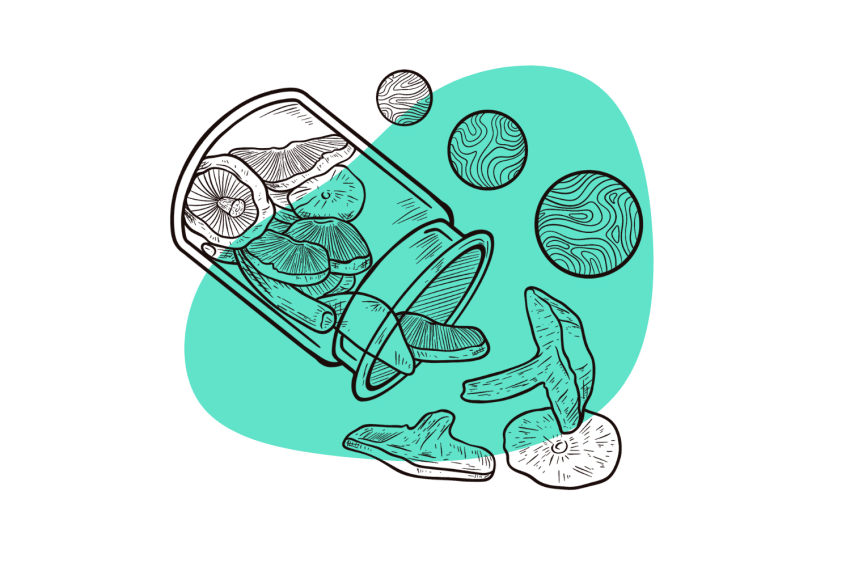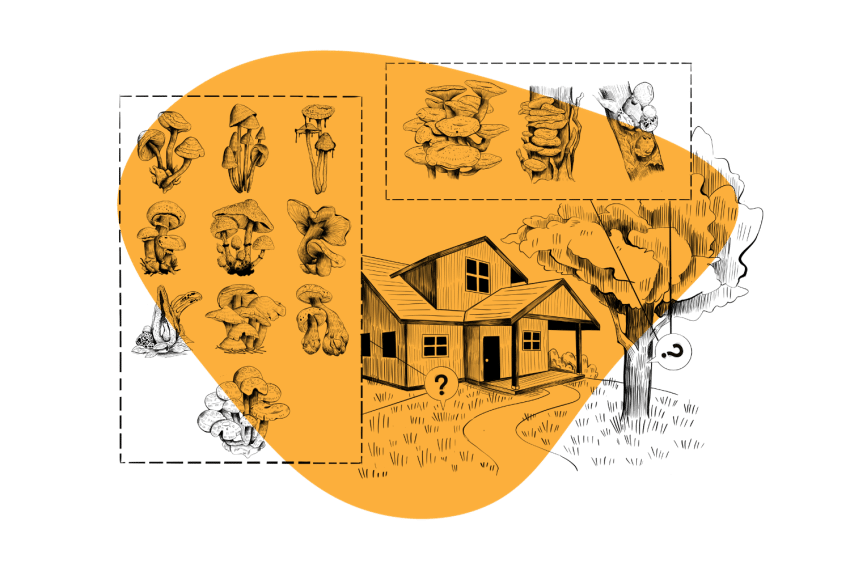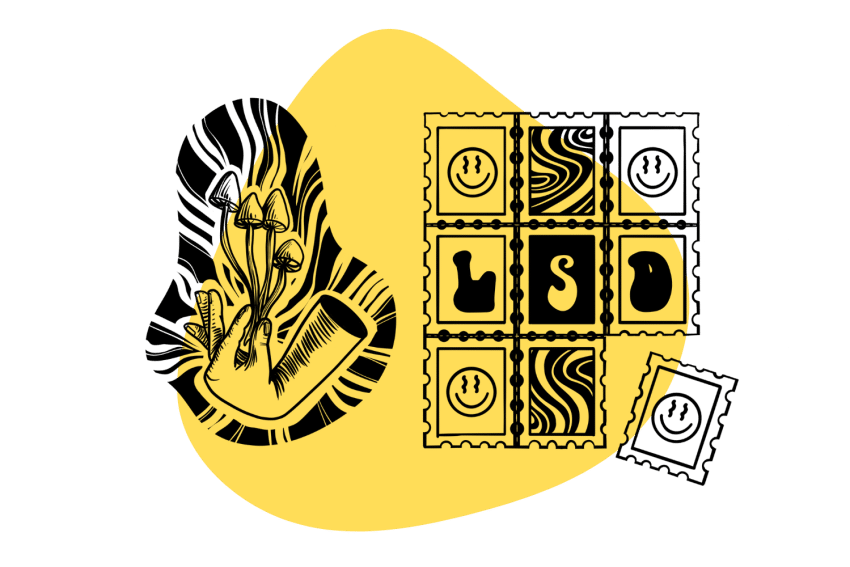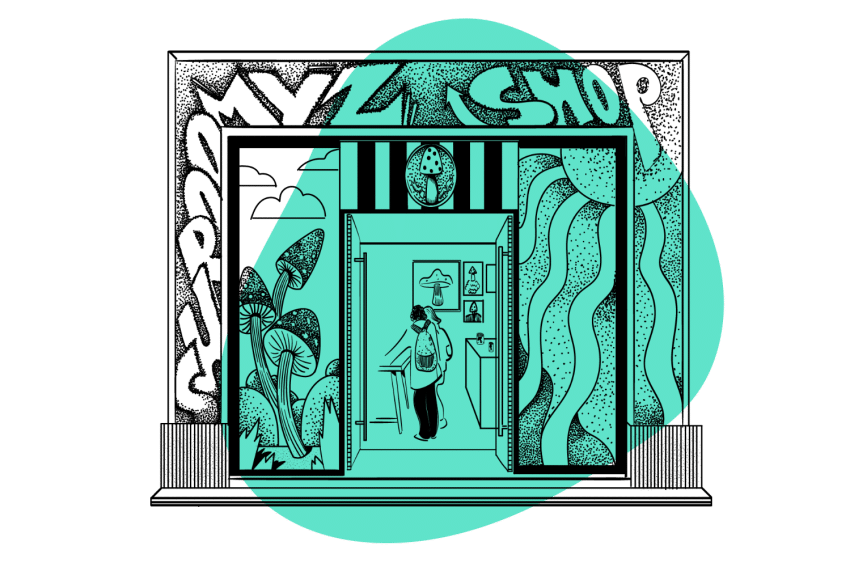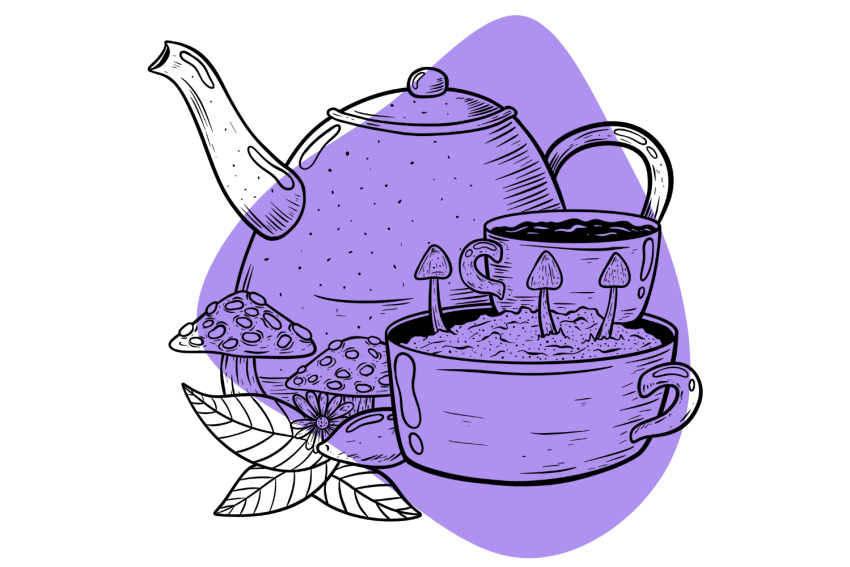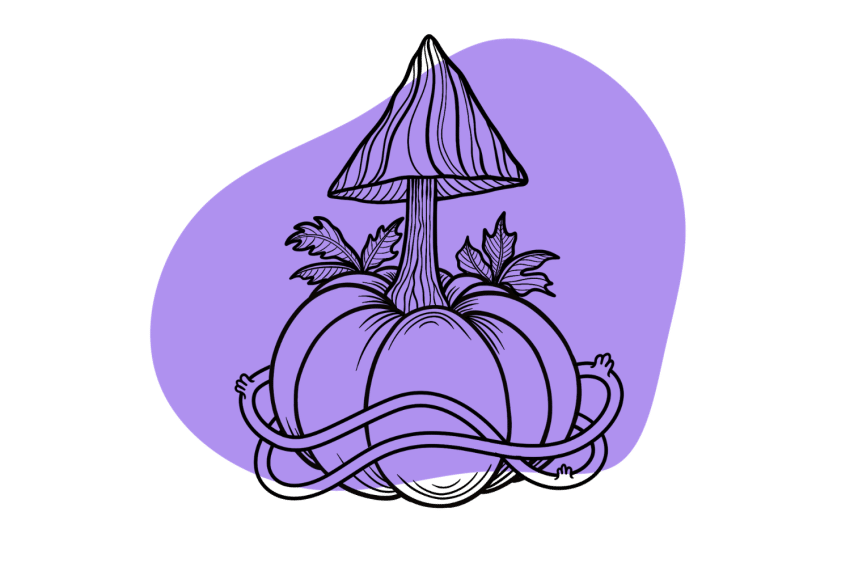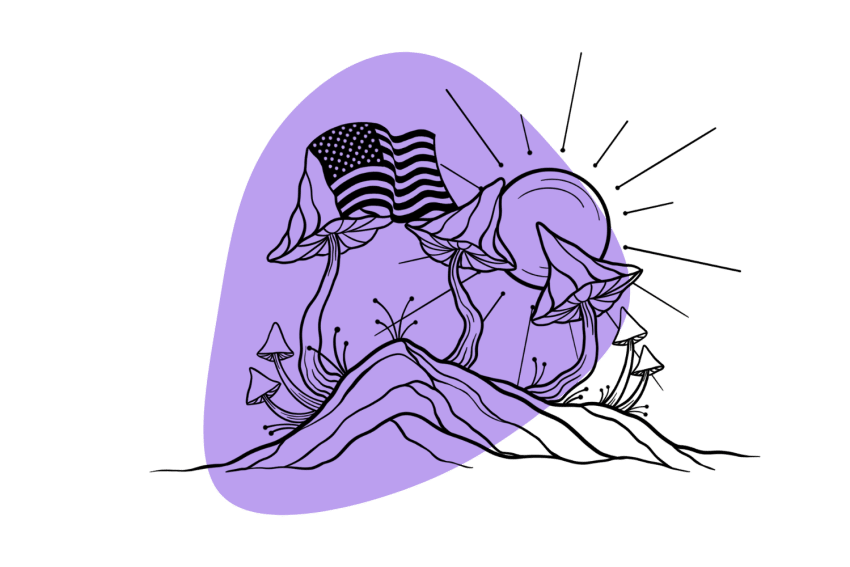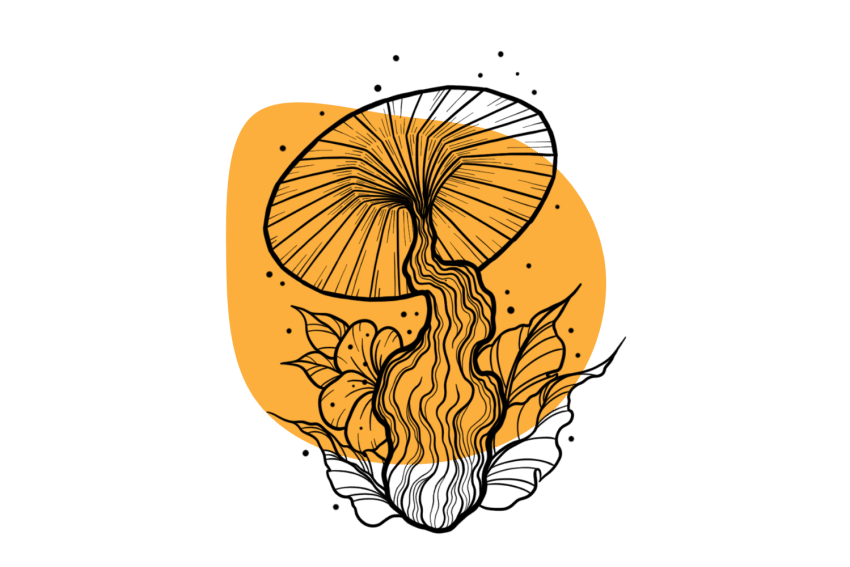The Ban Phang Ka Strain: An Underrated Thai Psilocybe cubensis Strain
The Ban Phang Ka strain is a lesser-known Psilocybe cubensis variant that was discovered alongside the Koh Samui, Lipa Yai, and Allen strains. This one has a lot going for it, and it suits several types of cultivators, from the complete beginner to the commercial grower.
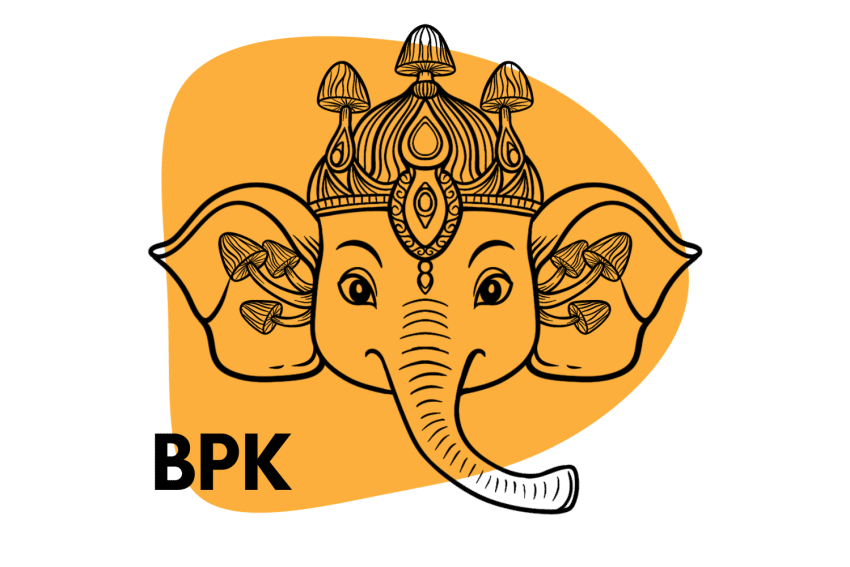
The Ban Phang Ka strain is a Thai variant of Psilocybe cubensis discovered on the island of Koh Samui back in the 1990s by the legendary shroom hunter John “Mushroom” Allen.
Like most Southeast Asian strains, Ban Phang Ka is highly contamination-resistant and can cope with unoptimized growing environments. The rhizomorphic mycelium is extremely aggressive and colonizes the substrate quickly. Mushrooms develop rapidly and grow in dense clusters flush after flush.
This magic mushroom strain produces medium-sized fruits, but it’s known to throw up one or two bigger mushrooms in the second or third flush. The caps are golden brown, bulbous, and speckled with white spots. The caps flatten out and become more saucer-shaped when mature. The stipes (stems) are white and relatively thick — developing blue hues when bruised.
The Ban Phang Ka strain is a good choice for beginners thanks to its resistant traits. It’s also a good choice for commercial growers or those that want to produce a large amount of mushrooms quickly.
This strain has many relatives that were discovered on the same island. These relatives share similarities in potency, growth characteristics, and appearance.
Related: Magic Mushrooms 101 (Start Here)
In this article, we’ll be learning more about the Ban Phang Ka strain by:
- Looking at the history of the Ban Phang Ka strain
- Assessing the strain’s potency
- Looking at this strain’s relatives
- Helping you find Ban Phang Ka spore samples
- Learning how to cultivate these mushrooms
- Checking out a few other easy-to-grow strains
I’ll also be answering a few frequently asked questions about Psilocybe cubensis strains from Thailand.
Ban Phang Ka Strain Specs
| Potency | Average |
| Cultivation | Beginner |
| Species | Psilocybe cubensis |
| Substrate Recommendation | BRF, Rye Grain, Coco Coir & Vermiculite |
| Cost | $$ |
| Sold By | Sporeslab, Spores 101, High Desert Spores, Mushroom Prints |
History of the Ban Phang Ka Strain
The history of the Ban Phang Ka strain is fairly limited. However, we know that John Allen — known by the online handle “M.J Shroomer” — collected the first sample from the island of Koh Samui during the 1990s.
John Allen discovered several different Psilocybe cubensis strains on the island of Koh Samui, and many of them are likely related to the Ban Phang Ka strain.
Allen traveled Southeast Asia extensively throughout the 90s, searching for Psilocybe cubensis varieties. He’s responsible for collecting and distributing many strains — mainly from Thailand, Vietnam, Cambodia, and countries such as India, Nepal, and Mexico.
Ban Phang Ka Strain Potency & Psilocybin Content
The Ban Phang Ka strain is considered an “average potency” Psilocybe cubensis mushroom. The psilocybin levels produced by the strain fall between 0.50% and 0.90%.
Although the Ban Phang Ka strain is yet to be submitted into an Oakland Hyphae Psilocybin Cup, many of its Thai relatives have. The Koh Samui strain shares several traits and produces similar potency levels as the Ban Phang Ka strain, except it produces fatter fruiting bodies known as “fatasses.”
In the Spring 2021 Psilocybin Cup, a few samples of Koh Samui were entered. The best-performing sample — grown by the cultivator “purple_skunk” — produced a psilocybin level of 0.80% and a psilocin level of 0.06. Other samples produced around 0.60% psilocybin and 0.05% psilocin or less.
The potency of the Ban Phang Ka strain — or any Psilocybe cubensis strain, for that matter — is highly variable. Cultivation conditions such as temperature, substrate, humidity, and cleanliness can alter the potency of the resulting mushrooms. To produce the most potent cube, the cultivator must take great care throughout the growing process.
Psilocybe cubensis isn’t the most potent species of magic mushroom. There are hundreds of psychedelic mushroom species — all with varying levels of psilocybin and psilocin.
The Ban Phang Ka Strain’s Genetic Relatives
The Ban Phang Ka strain has several genetic relatives that were discovered growing close to the first sample on the island of Koh Samui in Thailand. Many of these strains share similarities in growth characteristics and tryptamine content but differ slightly from one another.
Here are some of the Ban Phang Ka strain’s Thai relatives:
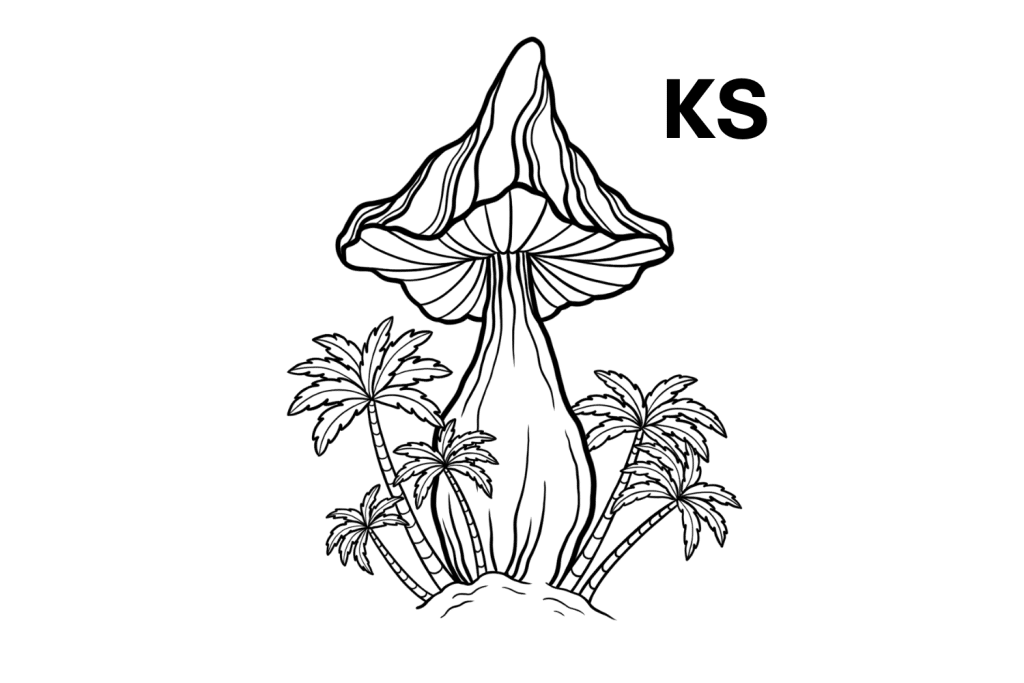
1. The Koh Samui Strain
The Koh Samui strain was discovered by John Allen — the same man that found the Ban Phang Ka strain.
This strain shares several similarities with the Ban Phang Ka strain, and both variants were found growing in a similar location. It shares similarities in potency, looks, and growth characteristics. However, the Koh Samui strain is famed for producing “fatasses” — short fat mushrooms with dense thick stipes.
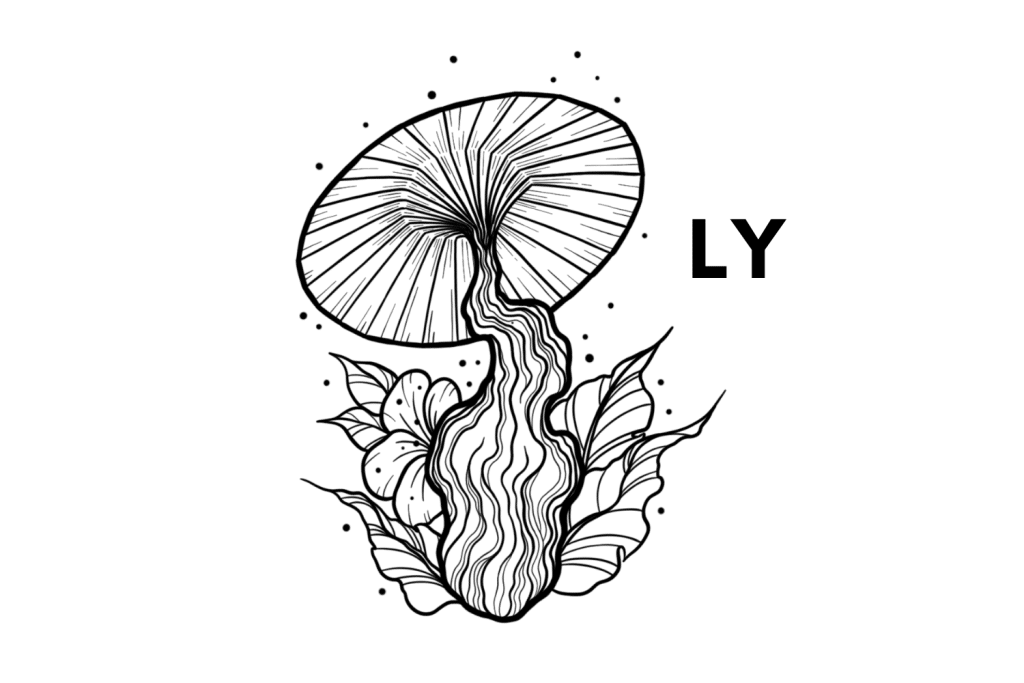
2. The Lipa Yai Strain
This is another strain discovered by John Allen on the island of Koh Samui.
The Lipa Yai strain closely resembles the Ban Phang Ka and Koh Samui strains. However, these shrooms are tall and slender. It shares the same disease resistance, growth characteristics, and potency — producing an average of 0.66% psilocybin and 0.05% psilocin.
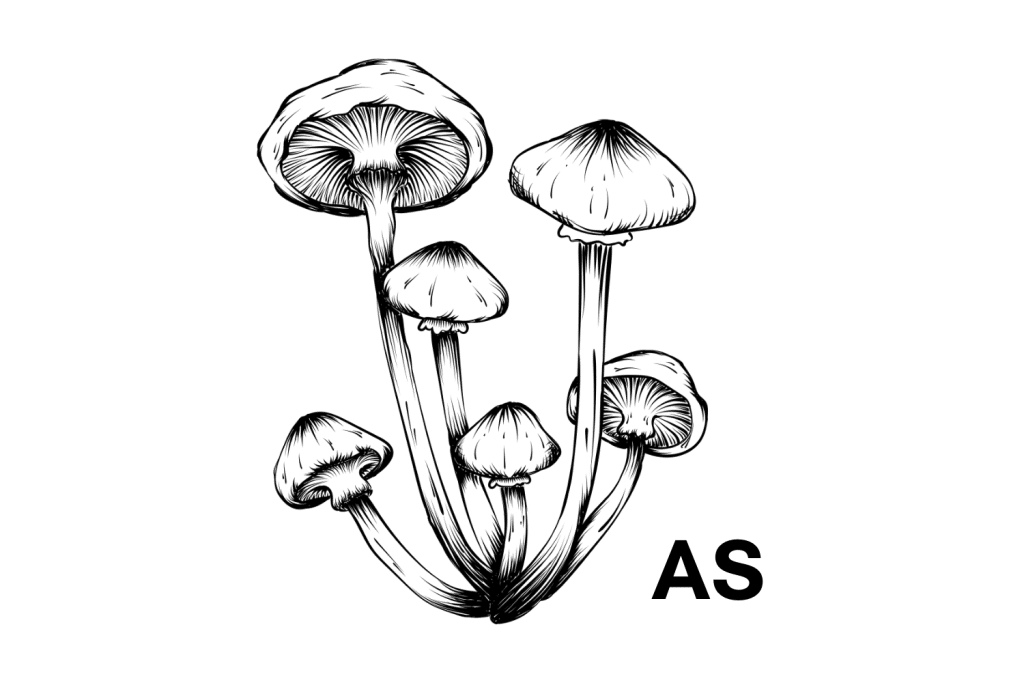
3. The Allen Strain
The Allen strain is named after — you guessed it — John Allen. He found this one growing on the island of Koh Samui near Ban Tailing Ngam.
This strain shares similarities with Ban Phang Ka and the other strains from the island. This strain produces tall and thin fruiting bodies similar to the Lipa Yai strain and is considered “average potency.” The main difference with this strain is its remarkably aggressive mycelium that colonizes 10% to 20% faster than other Thai strains.
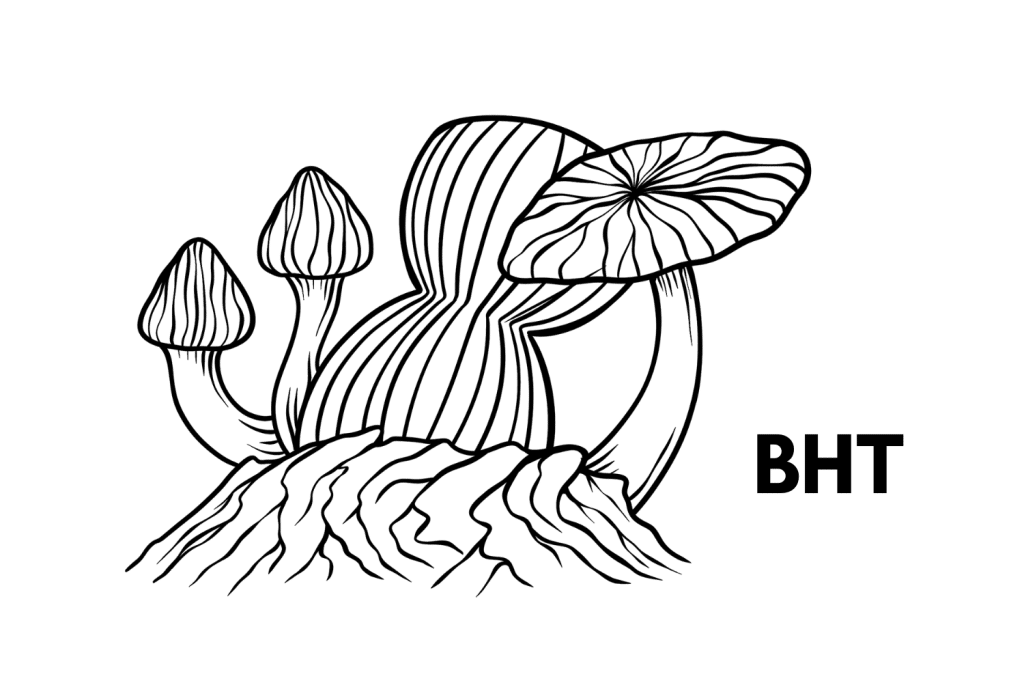
4. The Ban Hua Thanon Strain
The Ban Hua Thanon strain was discovered by John Allen on the island of Koh Samui. Many vendors claim that the strain was discovered on the Vietnamese island of “Ban Hua Thanon,” but this is false information.
This strain is remarkably similar to the Ban Phang Ka strain. It shares the same potency, aggressive colonization habits, and contamination resistance. However, the mushrooms are tall and slender, like the Lipa Yai strain.
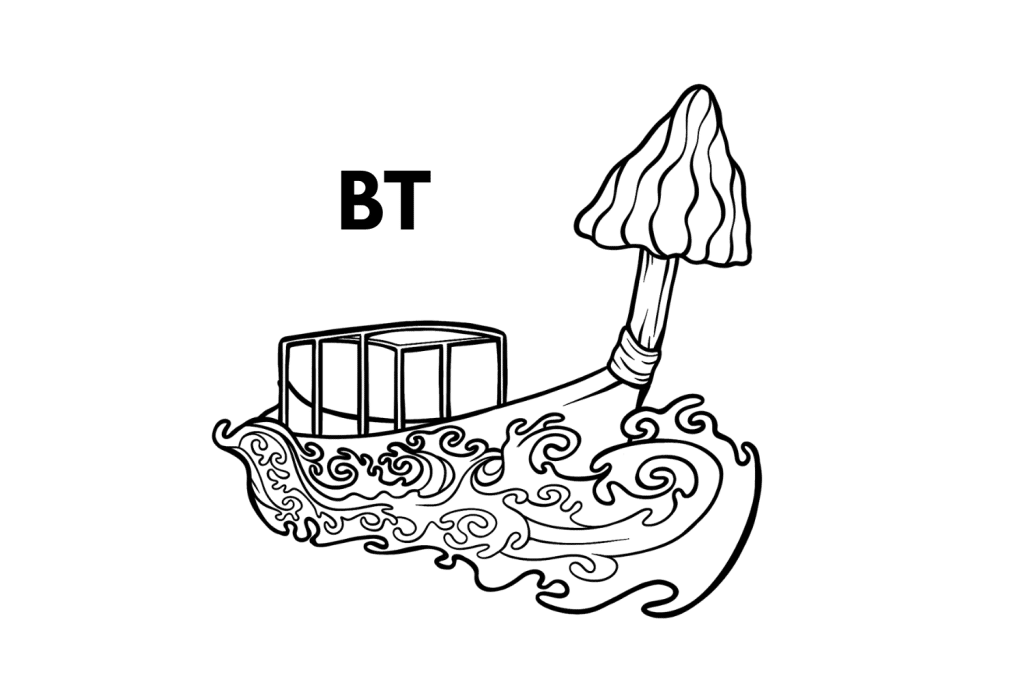
5. The Ban Thurian Strain
Yet another Thai strain collected by John Allen from the island of Koh Samui, the Ban Thurian strain, is uncannily similar to the Ban Phang Ka strain.
The Ban Thurian strain has the same disease resistance, fast colonization speed, and potency as Ban Phang Ka shrooms. The mushrooms also look remarkably similar, although the Ban Thurian shroom’s caps tend to flatten out more through maturity.
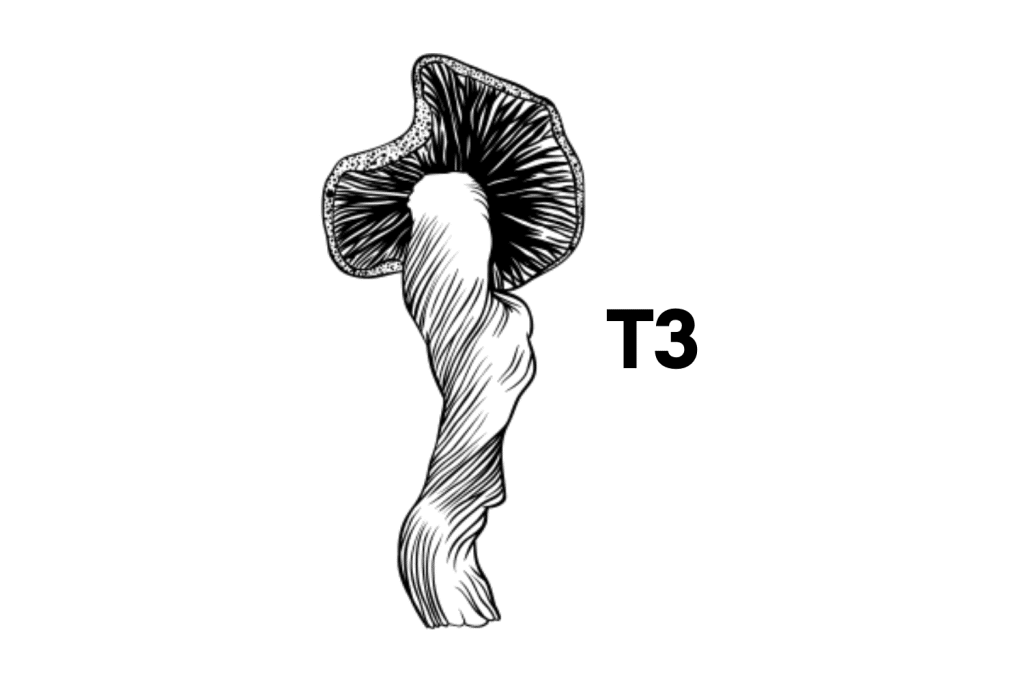
6. The T3 Strain
The T3 strain was discovered by John Allen on Koh Samui, and it’s believed to be an offshoot of the Koh Samui strain. These genetics are rather unstable — producing three distinct growth patterns that change from flush to flush.
The shrooms produced by T3 have average potency and can look short and fat like the Koh Samui strain, tall and slender like Lipa Yai, or well-proportioned like the Ban Phang Ka strain.
Where to Buy Ban Phang Ka Mushroom Spores
Ban Phang Ka strain spores can be a little hard to come by. However, there are a few major vendors that stock samples. Regardless of whether you live in the United States, Canada, or Europe, you shouldn’t have any issues finding viable spore samples online.
Here’s where you can buy Ban Phang Ka spores:
- The United States — Ban Phang Ka mushroom spore samples can be purchased in the form of sterile spore syringes from Ralphsters Spores or Spores 101.
- Canada — Ban Phang Ka spore syringes and prints can be purchased from Spores 101 — just be sure to set your locale to Canada before looking through the product listings.
- Mainland Europe — Sterile syringes filled with Ban Phang Ka strain spores can be purchased from the Netherlands-based Tatanka. Alternatively, they can be ordered from UK-based vendor The Magic Mushrooms Shop.
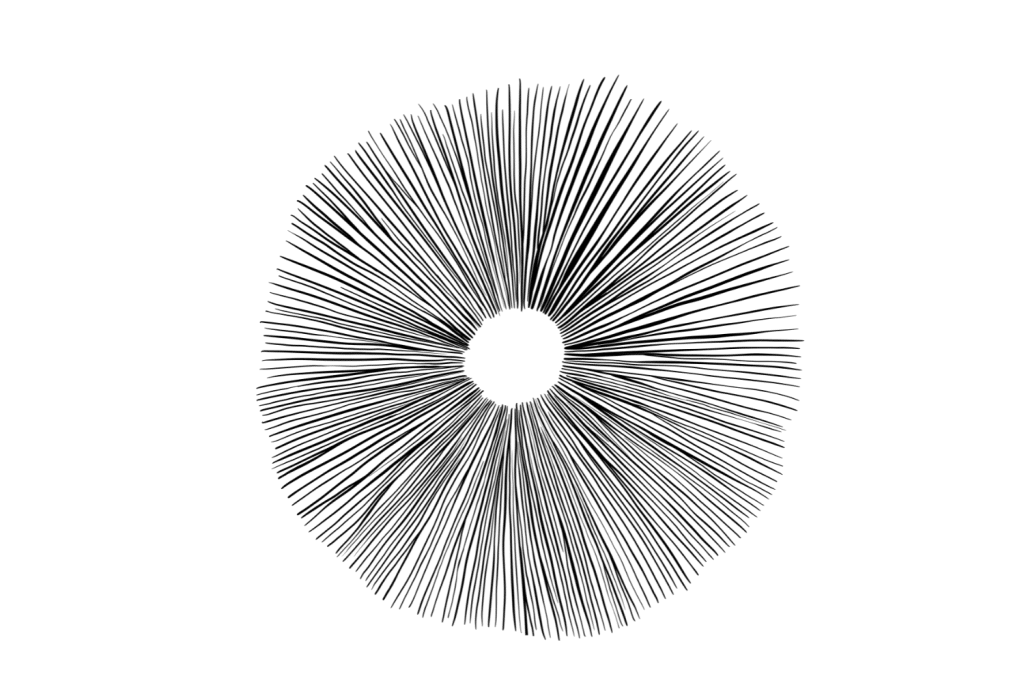
How to Grow Ban Phang Ka Shrooms
Like many other Thai strains, Ban Phang Ka mushrooms are relatively easy to grow thanks to their aggressive contamination-resistant rhizomorphic mycelium. This strain is appropriate for beginner cultivators because it can thrive in an unoptimized environment.
To grow Ban Phang Ka shrooms, you’ll need a few basic pieces of equipment, a sterile spore sample, and a basic understanding of the PF-Tek cultivation method.
If you want to find out exactly what you’ll need to start cultivating mushrooms at home and an in-depth guide on the whole process, check out this article: How To Grow Magic Mushrooms.
For now, here’s a quick run-down of the process:
1. Preparing the Substrate
The Ban Phang Ka strain can be grown on most substrates (BRF, rye grain, and coco coir mixed with vermiculite). Whichever substrate is chosen, it must be sterilized.
Substrate sterilization is achieved by filling mason jars with a substrate, placing them in a pressure cooker, and running it for 30 minutes with the jar lids loosely sealed.
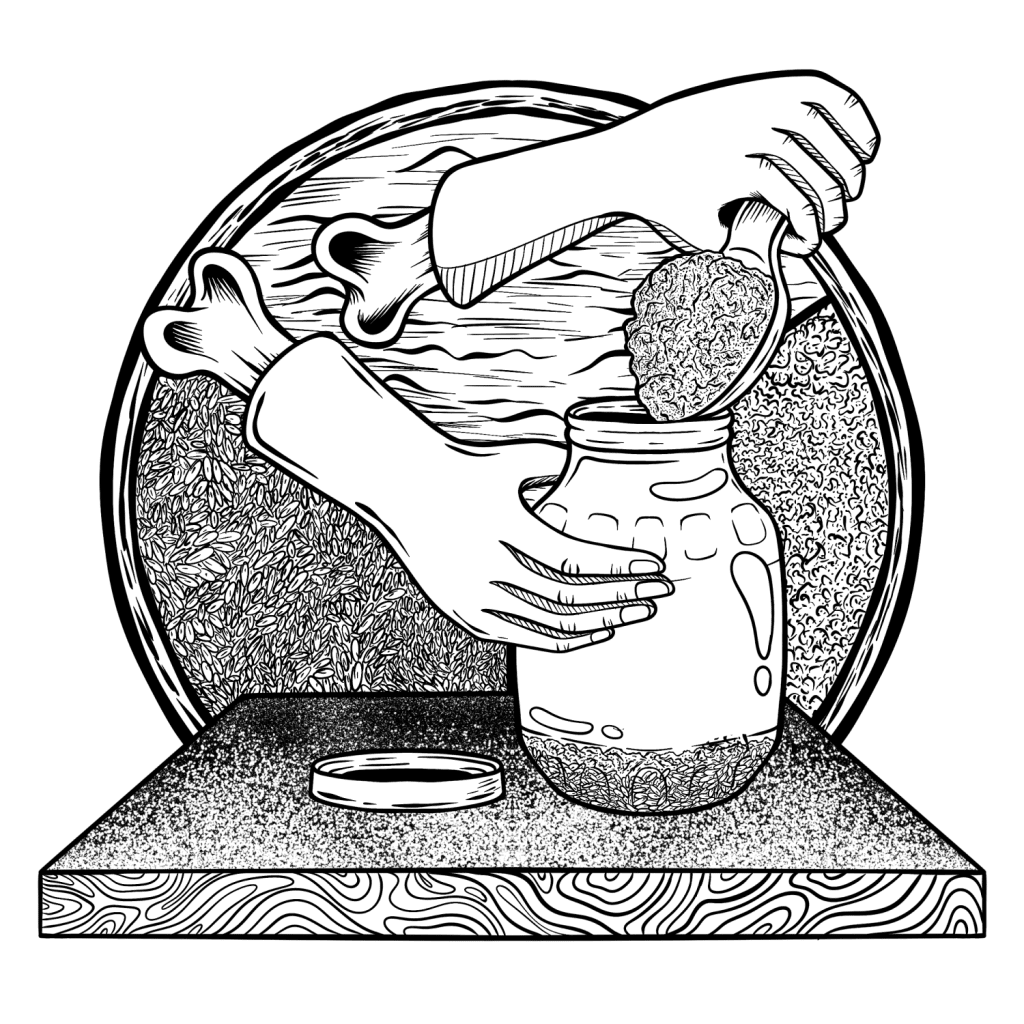
2. Inoculating the Substrate
Once the sterilized jars have cooled, they will need to be inoculated with spores. Everything must be made sterile, including the needle of the spore syringe. If sterile practice isn’t followed, bacteria may enter the jars and outcompete the mycelium.
3. Incubating the Jars
Once inoculation is complete, the jars need incubating at temperatures between 20–28 ºC (68–82 ºF) for one to two weeks until the substrate is completely covered with mycelium. An incubator can be made at home from a couple of containers and an aquarium heater or purchased as a complete setup from a cultivation shop.
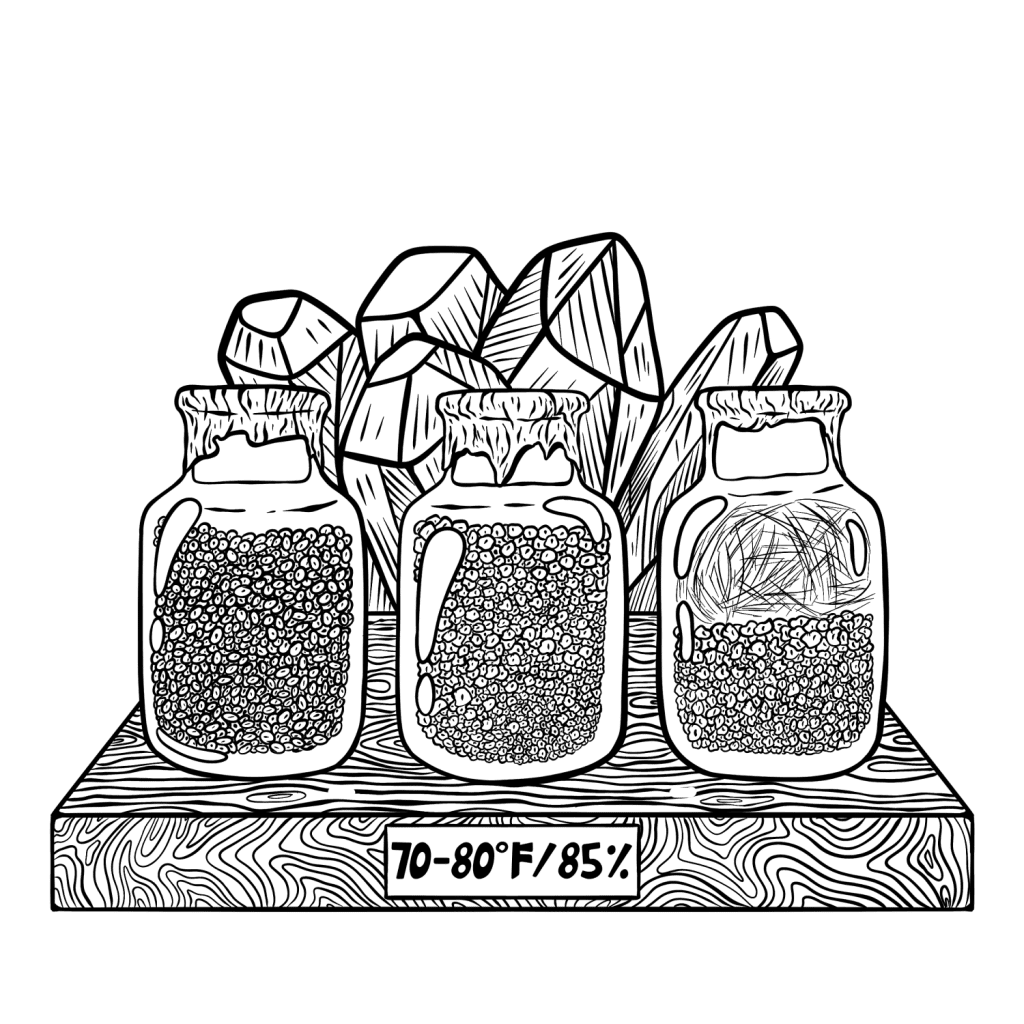
4. Fruiting the Mycelium
When the jars are completely filled with mycelium, they’re ready for fruiting. The mycelium cakes should be removed and carefully placed inside a fruiting chamber on top of a layer of substrate. The ideal fruiting temperature for most Psilocybe cubensis strains is somewhere between 10–20 ºC (50–68 ºF).
After a few days in the chamber, mushrooms will start to develop. Avoid touching the small developing mushrooms that appear soon after transfer to the fruiting chamber — touching them can introduce contamination and cause them to abort. When the mushrooms mature, they should be harvested (before sporulation).
5. Drying & Storing
The mushrooms in the fruiting chamber will mature at different rates over several flushes. Newly harvested mushrooms will stay fresh in a paper bag placed in the refrigerator for a week or two before going bad.
Dried mushrooms last far longer — this is a better way to store the cubes you’ve harvested. Drying is as easy as leaving the mushrooms on a piece of paper for a few days in a dark, warm, well-ventilated area. Alternatively, a dehydrator can be used. Once completely dry, they can be stored in jars with a packet of food-safe silica gel.
Learn more about how to dry and store magic mushrooms.
Other Easy-to-Grow Beginner Mushroom Strains
The Ban Phang Ka strain is an easy strain for beginner growers because it produces aggressive rhizomorphic mycelium that colonizes substrate quickly and efficiently. However, it’s not the only option for the beginner grower that’s looking for some resistant genetics to work with.
Here are four easy-to-grow alternatives to the Ban Phang Ka strain:
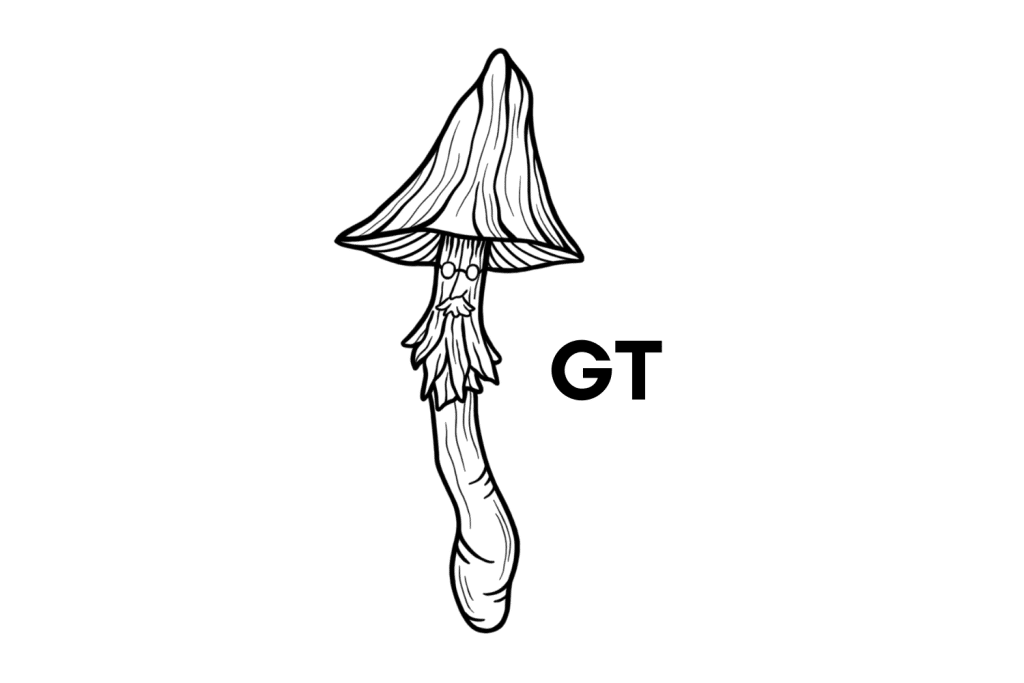
1. Golden Teacher
Golden Teacher is one of the most popular Psilocybe cubensis strains on the market. If you know what cubes are, you probably know what Golden Teacher mushrooms are.
This strain is probably the easiest strain for beginner growers to approach. It’s famed for its contamination resistance, aggressive colonization habits, and ability to grow in an unoptimized environment.
These mushrooms aren’t much to look at — they’re about as basic as cubes get — and the potency is fairly average too. However, if you’re new to cultivation and are looking for a well-rounded, easy strain that’ll produce good results with ease, there are very few better options.
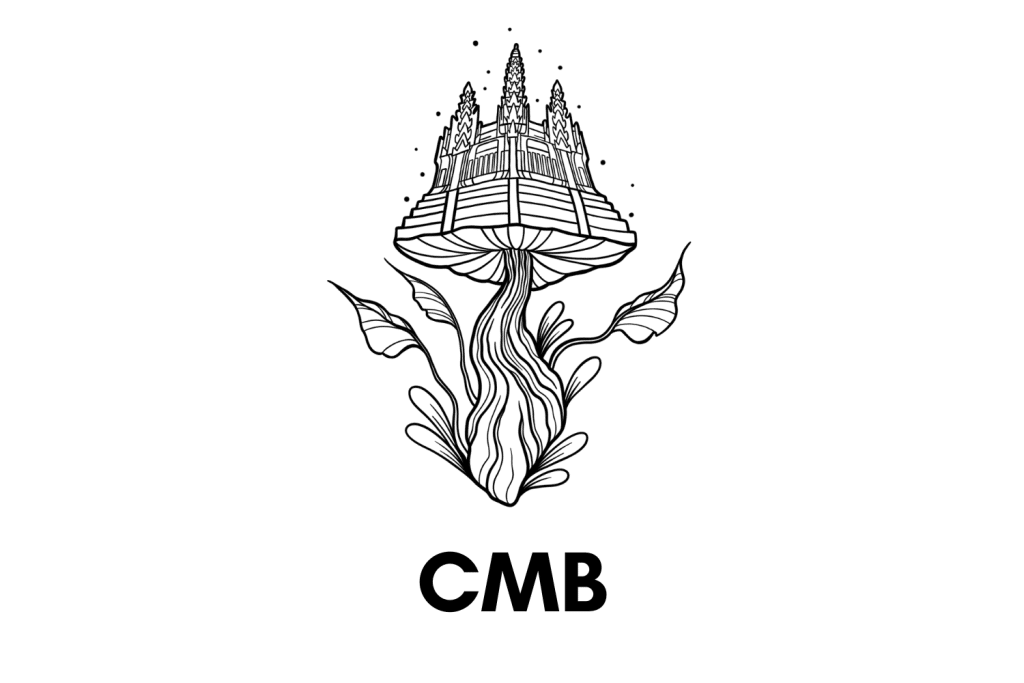
2. The Cambodian Strain
The Cambodian strain is famed for producing notoriously dense flushes. It’s highly resistant to contamination and can grow in unoptimized conditions — making it a fantastic choice for the beginner cultivator.
John Allen collected this strain during his travels in the 90s through Southeast Asia. The first sample was found near the temple of Angkor Wat in Cambodia.
Like the Golden Teacher strain, Cambodian cubensis is nothing special in terms of looks or potency, but it’s a well-rounded strain that’s easy for the beginner to work with.
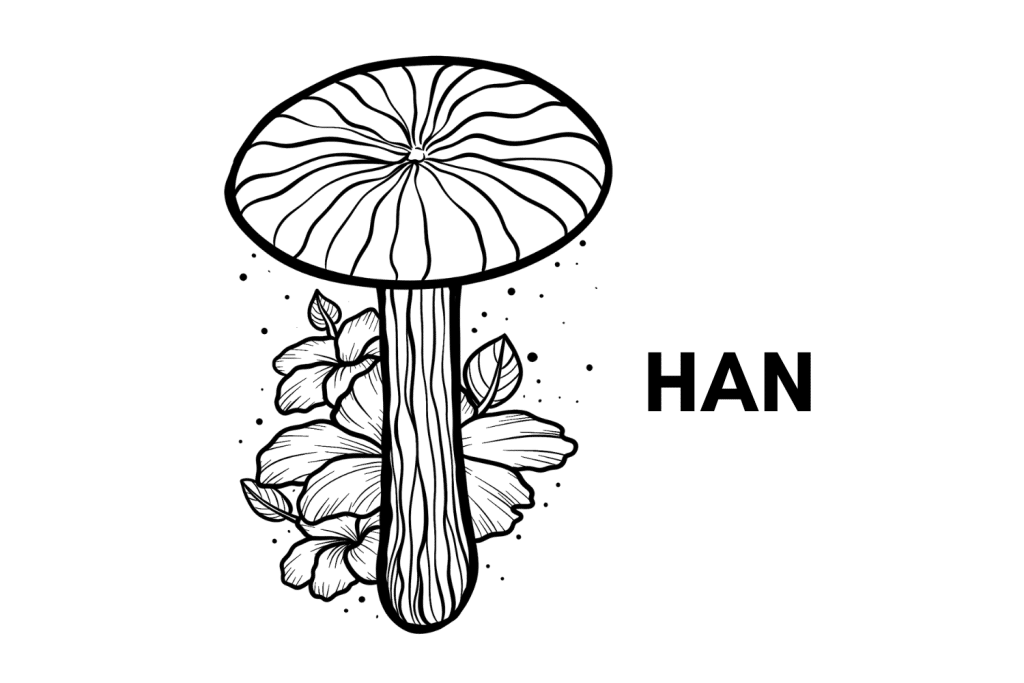
3. The Hanoi Strain
The Hanoi strain was first discovered by John Allen while he was traveling in Vietnam in the 1990s. It was found near the capital of Vietnam — hence the name “Hanoi.”
This is an easy strain for beginners to grow because it can cope with unoptimized growing conditions. It’s a little more potent than many other “beginner strains” — producing 0.90% to 1.80% total psychedelic tryptamines.
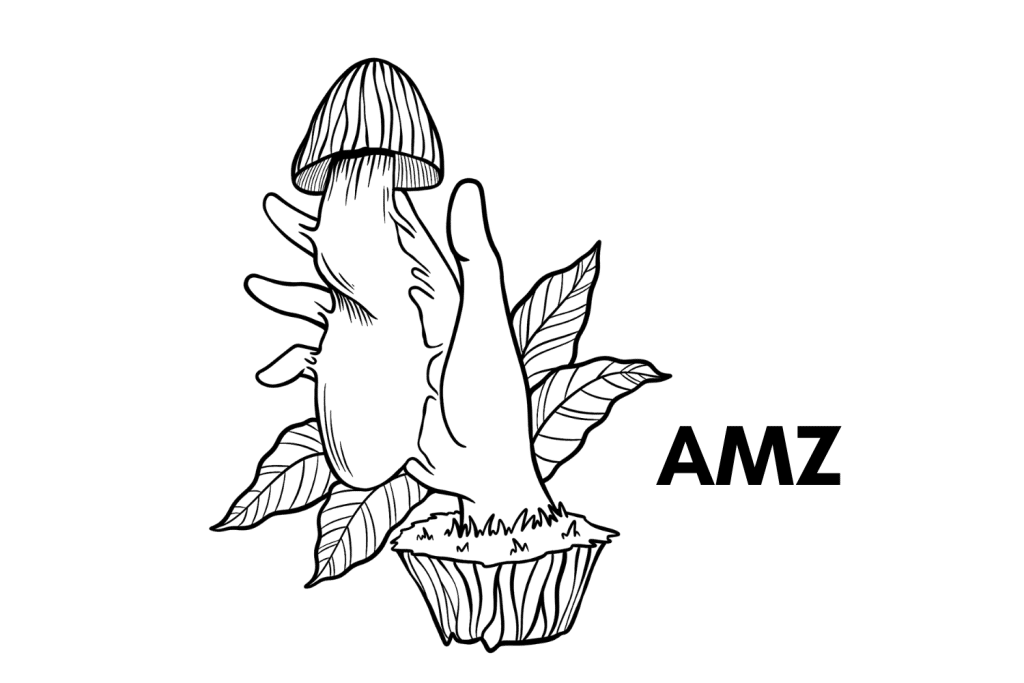
4. The Amazon Strain
The Amazon strain is famed for producing large fruits. The mushrooms can easily reach heights of 30 centimeters (12 inches) or more. Surprisingly, the mushrooms grow rather quickly for their size — this is likely due to their hollow stems. This does mean the mushrooms shrink quite a lot after drying.
This strain is resistant to contamination and colonizes quickly. It’s a great choice for the beginner that wants to grow some impressively large mushrooms. It’s a pretty potent strain, too, with one sample entered into the Oakland Hyphae Psilocybin Cup producing a whopping 1.12% psilocybin level.
Frequently Asked Questions About Thai Psilocybe cubensis Strains
1. What’s The Most Potent Thai Psilocybe cubensis Strain?
Most Thai Psilocybe cubensis strains have average potency. There’s no single strain that stands out for mind-blowing psilocybin levels. However, some Thai strains are slightly more potent than others.
The Pink Buffalo strain may be the most potent Thai strain available for cultivation. It has above-average potency — producing between 0.90% and 1.80% psilocybin.
It’s important to note that the potency of any P.cubensis shroom — regardless of genetics — is variable. The potency of a mushroom can differ depending on a variety of factors such as growing substrate, environment stability, stress levels, and contamination.
To produce the most potent magic mushrooms, the growing environment should be made as stable as possible.
2. How Many P.cubensis Strains Have Been Discovered in Thailand?
It’s hard to say exactly how many different Psilocybe cubensis variants have been discovered in Thailand. However, we know of at least 12 strains that have been found in the country.
Here are some P.cubensis strains from Thailand:
- Allen Strain
- Koh Samui Strain
- Lipa Yai Strain
- Ban Thurian Strain
- Ban Hua Thanon Strain
- Ban Phang Ka Strain
- Ban Lamai Strain
- Ban Nathon Strain
- T3 Strain
- Pink Buffalo
- Thai cubensis
- Tak Mountain Cubes
3. What’s The Easiest Thai Magic Mushroom Strain to Grow?
Most Thai strains are pretty easy to grow. Southeast Asian strains are famed for their excellent contamination resistance, aggressive colonization, fast fruiting speeds, and ability to grow in unoptimized environments. No single strain is “easy” per se, but one strain stands out for its super-fast colonization speeds.
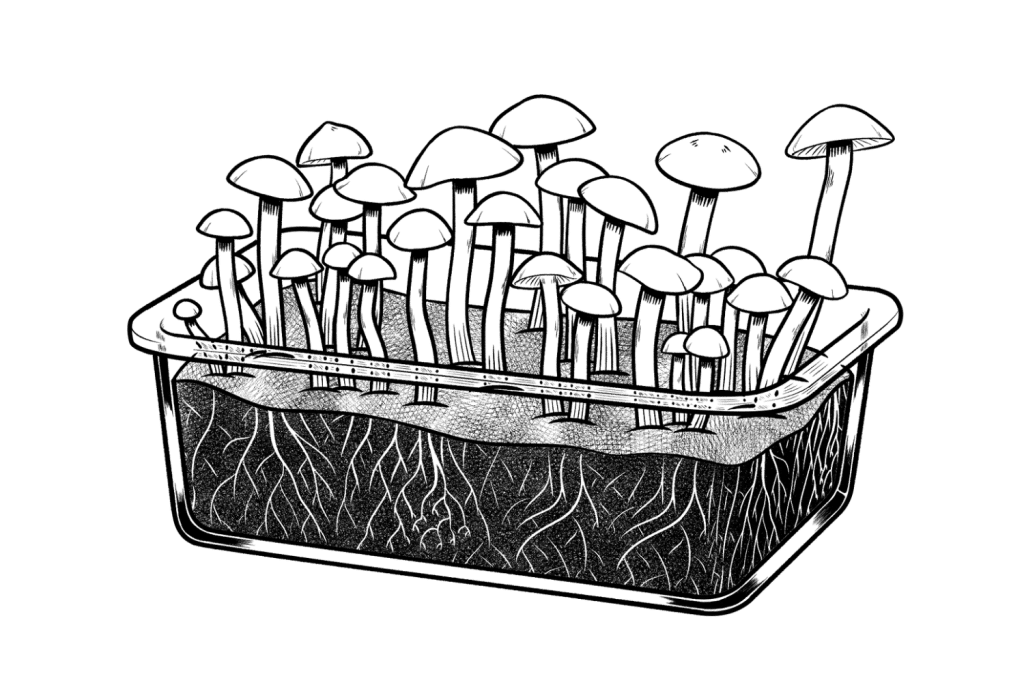
The Allen strain — discovered on the island of Koh Samui by John Allen — colonizes substrate around 10% to 20% faster than other P.cubensis strains — this is thanks to its super-aggressive rhizomorphic mycelium.
The more aggressive a strain is, the less likely it is to become outcompeted by foreign bacteria — this makes it “easier” to grow in theory because even if a truly sterile environment isn’t created, the substrate should still bear mycelial growth.

